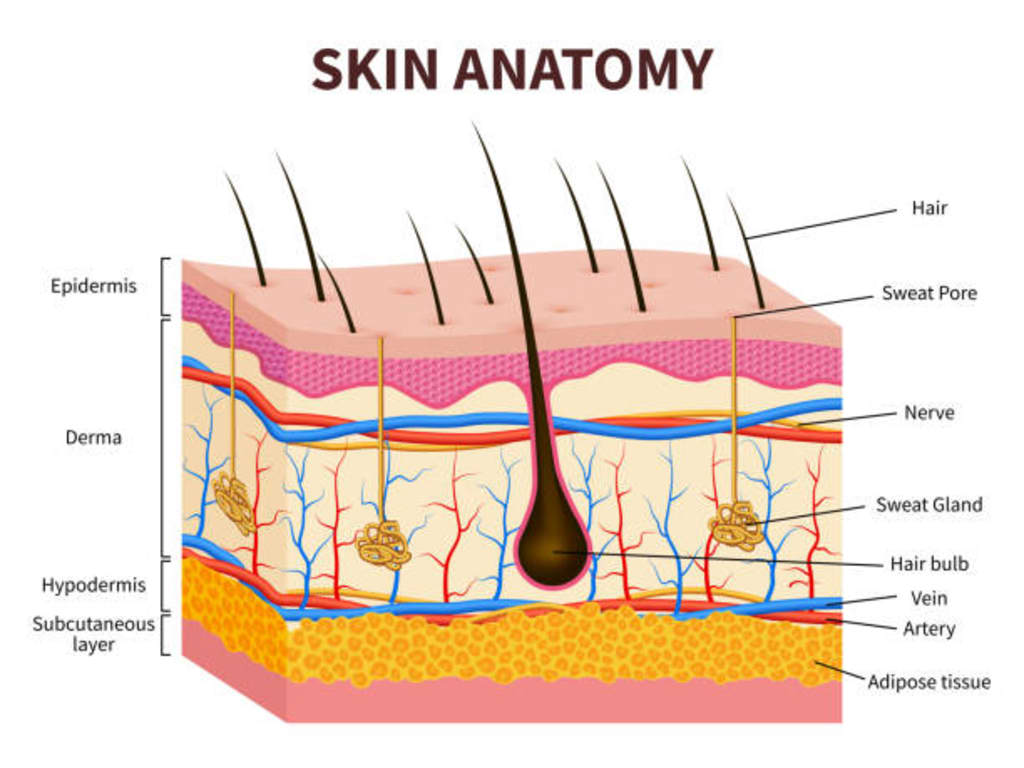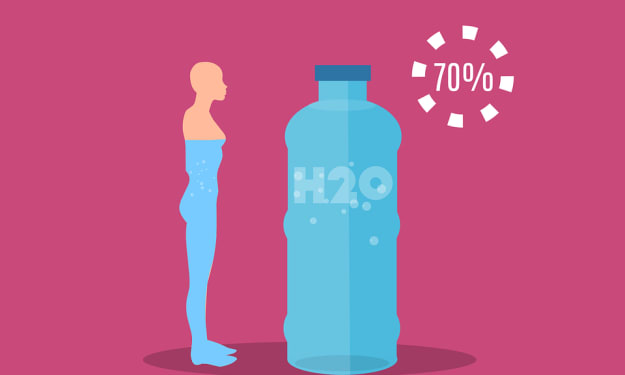The Effects Of Tattoos On The Skin
Why They Last and Why They Fade

Introduction
Tattoos have been a part of human culture for centuries, with their significance and popularity evolving over time. Today, millions of people around the world proudly wear their inked creations, each telling a unique story. But have you ever wondered why tattoos are considered permanent, despite the fact that certain factors can cause them to fade over time? To fully understand the longevity and characteristics of tattoos, we must delve into the intricacies of human skin and the different layers involved in the tattooing process.
The Skin: A Complex Canvas
Before we explore the mysteries of tattoo permanence, let's start by examining the canvas itself: the human skin. The skin is a remarkable and intricate organ that plays a vital role in protecting the body. It is part of the Integumentary System, comprising three main layers: the Epidermis, the Dermis, and the Hypodermis, also known as the Subcutaneous Layer. Each of these layers is composed of distinct tissues, which significantly influence the tattooing process.
The Epidermis: A Protective Shield
The Epidermis, the outermost layer of the skin, serves as the body's protective shield against the external environment. It is astonishingly thin, typically only about 0.1 millimeters in thickness when viewed with the naked eye. However, it can contain up to 50 layers of cells, known as Epithelial tissue, stacked tightly together. As new cells form at the bottom of the Epidermis, they gradually move upward, flattening and dying as they get farther from the blood supply. These dead cells create a protective barrier against friction and abrasion.
From a tattooing perspective, the Epidermis is not an ideal layer for ink deposition. Despite this, some ink does get deposited here during the tattooing process. However, since the cells in the Epidermis continually shed and renew, any ink that is deposited here will ultimately flake off over time, usually within about four weeks.
The Dermis: The Ideal Canvas
The Dermis, situated beneath the Epidermis, is where most of the ink should be placed during the tattooing process. Unlike the Epidermis, the Dermis is made up of Dense Irregular Connective Tissue. This tissue's unique structure, with collagen fibers oriented in various directions, allows the ink to be deposited and retained for many years, rendering tattoos relatively permanent.
When a tattoo needle punctures the skin in the Dermis, it creates a combination of trauma and introduces a foreign substance (the ink) into the body. Normally, such an introduction would trigger an inflammatory response as the body's immune system reacts to foreign substances. During the tattooing process, white blood cells, specifically Macrophages, are dispatched to the site to engage with and engulf the ink. However, these cells struggle to break down and digest non-biological substances found in tattoo ink.
As a result, the Macrophages capture and contain the ink, ensuring it does not spread to other areas of the body. The ink remains in the Dermis, contributing to the permanence of the tattoo. When the Macrophages eventually die, they release the ink, which is then engulfed by new Macrophages in a cyclic process, effectively maintaining the tattoo's appearance.
However, over time, some ink particles may get taken away into the lymphatic system, contributing to the fading of tattoos. Factors like UV light exposure can also break down ink, leading to changes in a tattoo's appearance.
The Hypodermis: A Potential Challenge
The final layer, the Hypodermis, or Subcutaneous Layer, consists of Adipose Tissue, primarily fatty tissue. Ink deposited in the Hypodermis can lead to blurring or blowout of tattoo lines because of the nature of this oily tissue. The Hypodermis can blur the lines, making them appear as though they are dissipating into the skin. The potential for ink to reach this layer is influenced by both the pressure applied during tattooing and the thickness of the skin in the specific region. Some areas with thinner Dermal tissue are more prone to blowout.
Conclusion
Understanding the science behind tattoos and their permanence sheds light on the intricate relationship between the ink, the skin's layers, and the body's immune response. While tattoos are often considered permanent, they do evolve over time, and various factors, such as the location of the tattoo, UV light exposure, and the body's immune response, can contribute to their appearance.
Ultimately, tattoos are a captivating fusion of artistry and biology. They serve as unique expressions of identity, culture, and individuality. The next time you admire a tattoo, you can appreciate the fascinating interplay between the ink and the body's complex canvas, our skin.
About the Creator
Ananymus Kelly
meticulous
Enjoyed the story? Support the Creator.
Subscribe for free to receive all their stories in your feed. You could also pledge your support or give them a one-off tip, letting them know you appreciate their work.





Comments (1)
wonderful. not too many people understand why I decided to get my tat. I'd just gone through a divorce but still had my two awesome sons. My tat is ONE flower (to signify 1 family), three petals (to signify the 3 of us), and the number 2 in the middle to represent my 2 sons. It's a reminder to me what we'd gone through and that we survived it all. Hope more readers understand what you said and why. THANK YOU FOR THIS PIECE. IT IS BRILLIANT!